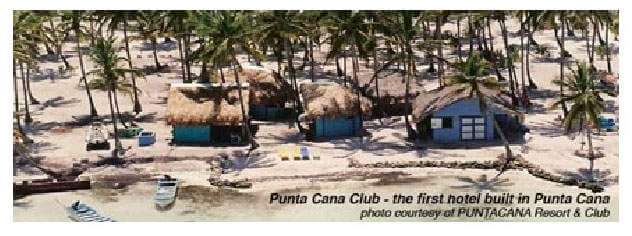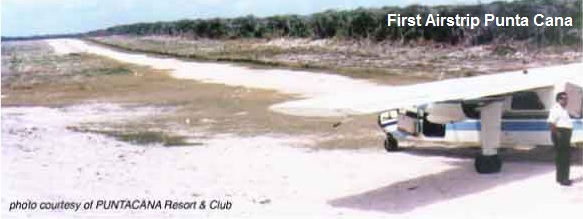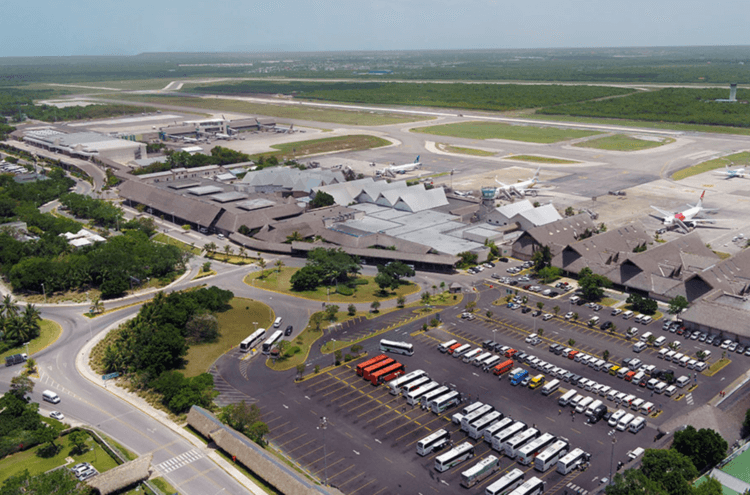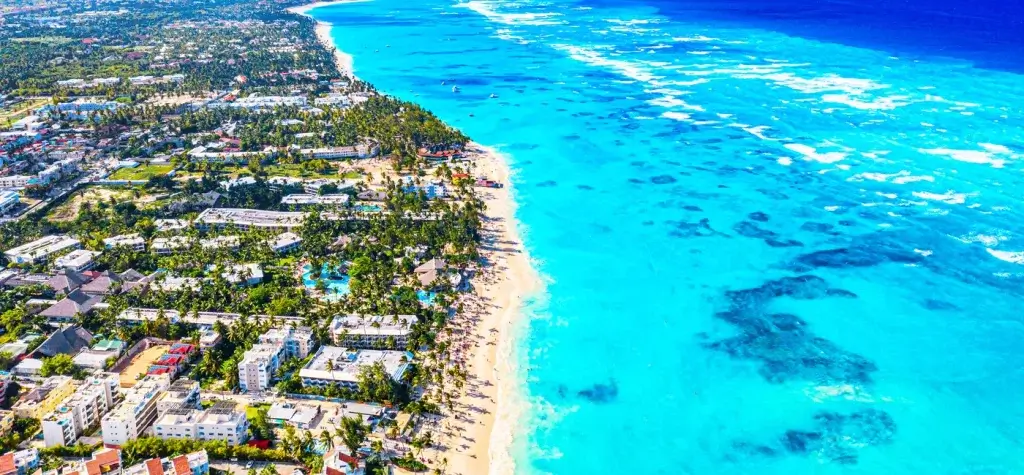The History of Punta Cana
Punta Cana is a popular tourist destination located in the easternmost region of the Dominican Republic. It is known for its pristine beaches, luxurious resorts, and turquoise waters. The history of Punta Cana is closely intertwined with the broader history of the Dominican Republic. Here’s an overview of its historical development:
Pre-Columbian Era: Before the arrival of Christopher Columbus in 1492, the area that is now Punta Cana was inhabited by the Taíno people. The Taíno were a native indigenous group who lived in the Caribbean islands. They were skilled farmers, fishermen, and artisans.
Colonial Era: After Columbus’s arrival, the Dominican Republic became part of the Spanish Empire. The Spanish colonized the island, establishing Santo Domingo as the first permanent European settlement in the Americas in 1496. The eastern part of the island, including the Punta Cana region, remained relatively undeveloped during this period.
Sugar Plantations: In the 19th century, the Dominican Republic experienced a boom in sugar production, which led to the establishment of large sugar plantations across the country. The Punta Cana region also saw the development of sugar plantations during this time. Many of these plantations were owned by wealthy families, who lived in grand haciendas.
Tourism Development: The modern history of Punta Cana as a tourist destination began in the 1970s. Investors recognized the area’s natural beauty and potential for tourism development. The construction of hotels and resorts started, transforming Punta Cana into a major tourist hub.In 1971 the first hotel was built in Punta Cana – the Punta Cana Club – which stood on the area now occupied by PUNTA CANA Resort & Club
The first resort in the area, the French resort chain Club Med, opened in 1981. Over the years, more resorts and amenities were built, attracting tourists from around the world.
But the area was still pretty isolated. The nearest town, Higuey, took 6 hours to reach. A new road was needed. The Colgate-Palmolive Company, which was required to repatriate its local entities’ export earnings, became involved and the new highway was built making it possible to reach Higuey in 30 minutes thus connecting Punta Cana to the rest of the island’s road network.
Infrastructure Development: In the late 20th century and early 21st century, significant infrastructure development took place in Punta Cana. The region saw the construction of an international airport, Punta Cana International Airport, which opened in 1984. This facilitated easier access for international visitors, contributing to the growth of tourism in the area.
Economic Impact: Tourism has become the backbone of Punta Cana’s economy, generating significant revenue and employment opportunities. The region’s beautiful beaches, warm climate, and all-inclusive resorts have made it a popular vacation spot for travelers seeking sun, sand, and relaxation.
Environmental Conservation: In recent years, there has been a growing emphasis on environmental conservation in Punta Cana. Efforts have been made to preserve the natural beauty of the region, including the protection of coral reefs, mangroves, and wildlife habitats. Sustainable tourism practices are being encouraged to minimize the impact on the ecosystem.
Today, Punta Cana is one of the most popular tourist destinations in the Caribbean. Its stunning beaches, world-class resorts, and wide range of recreational activities continue to attract visitors from around the globe, making it a thriving and vibrant destination.





